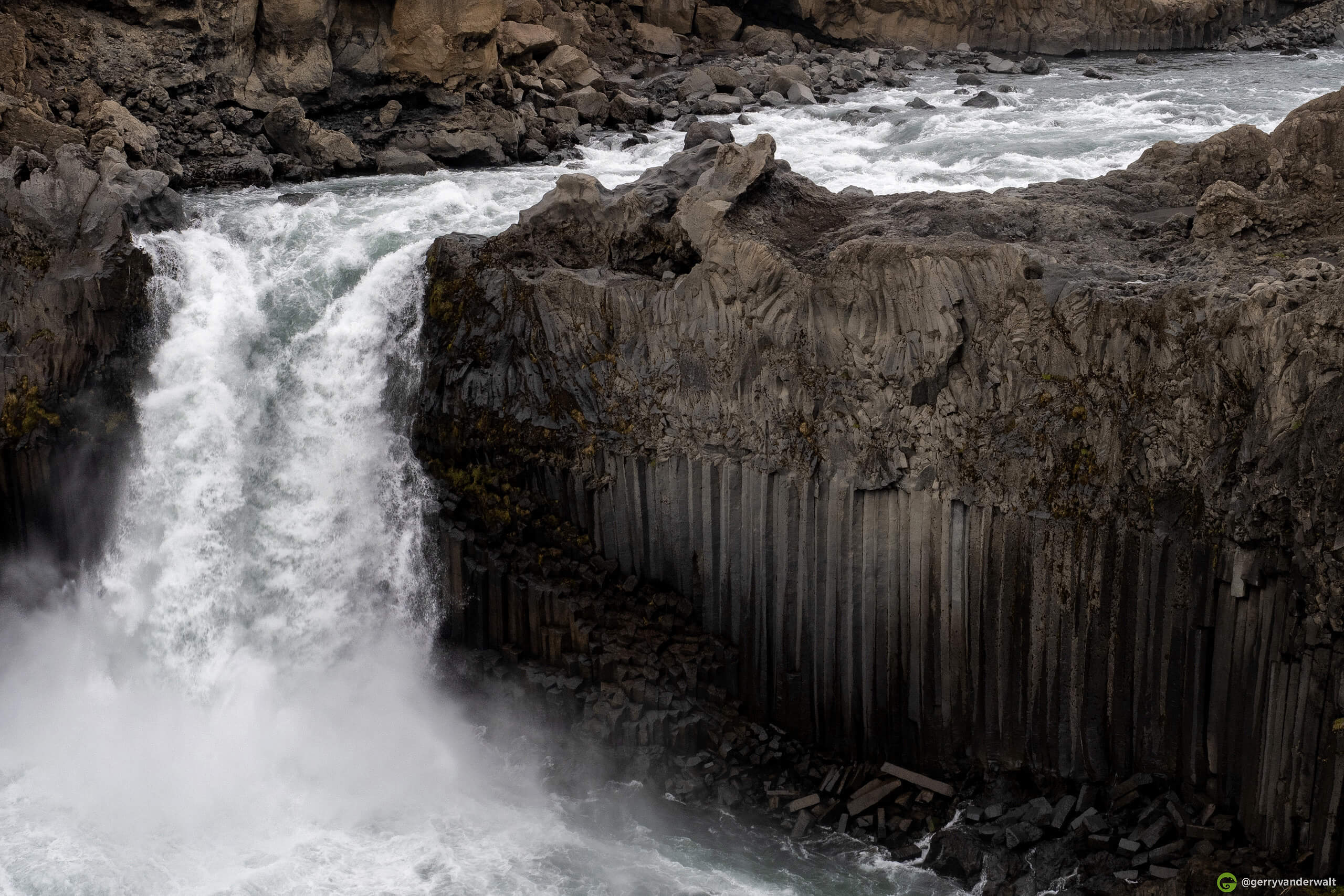All too often in photography, people either overthink or underthink their images. Some people like to look at the details and analyse their images to the point where it becomes counter-productive and only serves to create doubt and a lack of confidence in their own ability.
It is good to talk about your photography and your images but this should always be done in a constructive and open minded way. Speaking to someone, specifically someone whose photography and opinion you admire and respect, about your images and how things like visual mass and visual energy in the frame speaks to the reader of your image can be very beneficial to both parties as the sharing of ideas, specifically around creativity and composition, is always something that will add value.
As an exercise I'm going to talk through my thoughts as I look at one of my images from Iceland in order to try and give you an idea of what my photographic voice is telling me.
Take a few seconds and have a good long look at the following image, allow your eyes to wonder around the frame and try and see how the image lead you through the various aspects of composition.

Okay, so when I look at the image my eyes are immediately drawn to the bottom of the waterfall and then jumps across the frame to the right to the linear patterns of the basalt cliff. The point which has the most visual mass is not necessarily the bottom of the waterfall or even the basalt cliffs as to me it's probably the area in between the two. I say this because the two areas, the waterfall and linear patterns of the cliff, are fighting with each other for my attention.
Pulling back a little bit, the top of the river that leads to the waterfall from the top right of the frame serves as a beautiful leading line which then cascades down to the bottom of the waterfall which then brings the viewers gaze closer to the point which has the most visual mass in the frame.
It is often said that S-curves and C-curves are some of the most powerful compositional elements you can include in a frame. If you now start from the top right of the frame, follow the water to the bottom of the waterfall and then allow your eyes to move to the right you can see how the frame includes a very subtle C-curve guiding your viewers eyes across and through your composition.
The waterfall is, from top to bottom, framed beautifully by the darker rocks creating nice contrast in the frame and the contrast keeps going in that the soft texture of the water is juxtaposed against the linear, hard edges of the rocks.
These are some of the thoughts that I had when I looked through my viewfinder and when I then got to Lightroom and Photoshop I did what I could to enhance these aspects of the photograph. Unlike wildlife photography, there is not necessarily a single subject or a single point of interest in the frame. The whole frame and the way the viewers eyes run through the image is what makes it work. It could therefore be argued that the entire image is the subject with various smaller points of visual mass in the image. This is something that can be applied to your wildlife images to create even stronger compositions.
Now take a 2nd to scroll back up, have a good look at the image and think yourself whether you are seeing things slightly differently. The cool thing with this is that there really is no right or wrong but rather just a feeling that the photographer gets and tries to convey to the viewer. And hopefully these thoughts give you something to think about when you look at your own images.
If you find this post helpful, please comment below and I'd be more than happy to share my thoughts on more of my own and even some of your images.
Happy shooting.
Until next time!
Gerry
